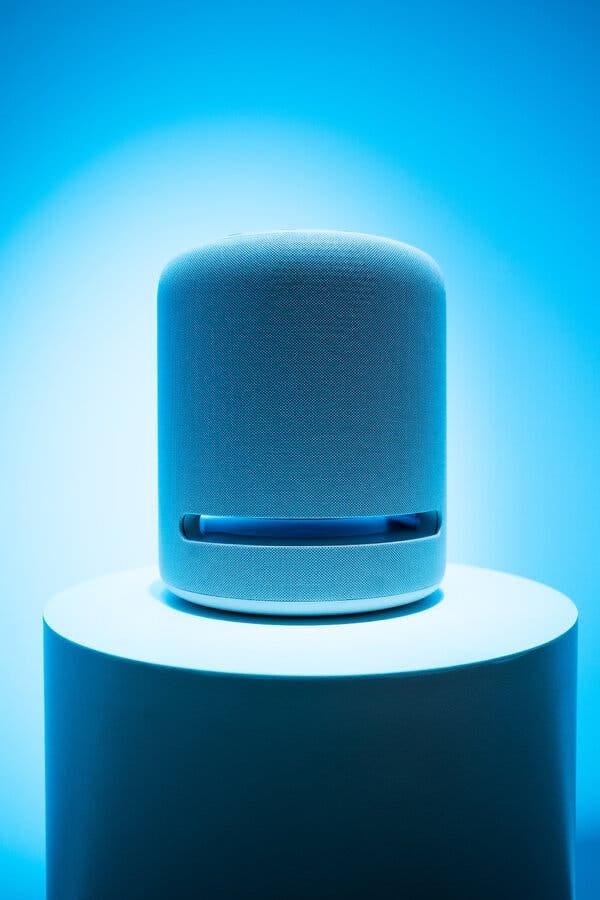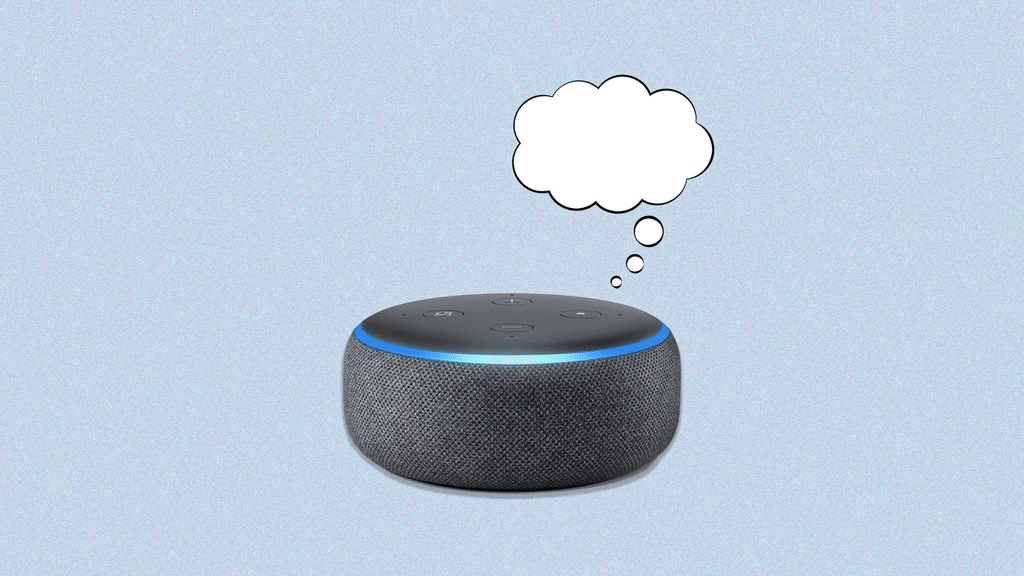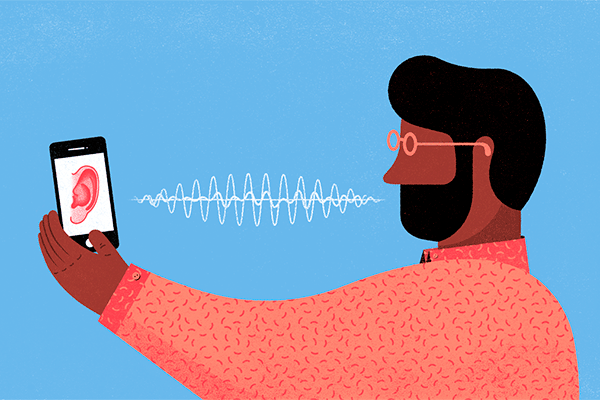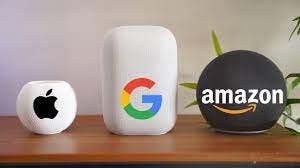
AI: Amazon Alexa+'s AI teething problems. RTZ #810
There is a popular saying amongst tech company executives whenever they’re introducing a new product or service, especially AI ones of late, that goes “This is the worst XYZ will ever be”. You can hear it at the end of almost every new AI product rollout of late, and so it’s notable this AI Tech Wave.
The statement by itself is likely right when it’s the narrow functions of the product being discussed.
What’s often missed is that the product in question MAY NOT be the ‘worst it will ever be’ when it’s actually integrated with the other parts of the product ecosystem. Often involving both legacy and new technologies. And rolled out AT SCALE to millions and billions.
This point comes to mind after reading a review of Amazon Alexa’s long awaited revamp with generative AI technologies. It’s finally being rolled out as ‘new and improved’ with AI. Especially on Amazon devices with displays, like the Echo Show above.
The NY Times’ Kevin Roose had one of the early reviews in “Alexa Got an A.I. Brain Transplant. How Smart Is It Now?”, worth reading in full. But here are some core takeaways:
“It took Amazon several years to overcome technical hurdles as it remade its voice assistant with new artificial intelligence.”
“For the last few years, the company has been working feverishly to upgrade the A.I. inside Alexa. It has been a slog. Replacing the A.I. technology inside a voice assistant isn’t as easy as swapping in a new model, and the Alexa remodel was reportedly delayed by internal struggles and technical challenges along the way. L.L.M.s also aren’t a perfect match for this kind of product, which not only needs to work with tons of pre-existing services and millions of Alexa-enabled devices, but also needs to reliably perform basic tasks.”
The new version is finally ready for its close-up. Kinda.
“But finally, the new Alexa — known as Alexa+ — is here. It’s a big, ambitious remodel that is trying to marry the conversational skills of generative A.I. chatbots with the daily tasks that the old Alexa did well.”
“Alexa+, which has been available to testers through an early-access program for a few months, is now being rolled out more widely. I got it last week after I bought a compatible device (the Echo Show 8, which has an eight-inch screen) and enrolled in the upgraded version. (Prime members will get Alexa+ at no cost, while non-Prime members will have to pay $19.99 per month.)”
Kevin lays out his conclusions well:
“I have good news and bad news for my fellow Alexa-heads.
The good news is that the new Alexa+ is, in fact, more fun to talk to than the old one, with more realistic synthetic voices and a more humanlike cadence. (There are eight voices to choose from; I used the default setting, an upbeat female voice.)
And I liked some of Alexa+’s new capabilities, such as booking a table at a restaurant and generating long stories and reading them to my 3-year-old.”
“The bad news is that despite its new capabilities, Alexa+ is too buggy and unreliable for me to recommend. In my testing, it not only lagged behind ChatGPT’s voice mode and other A.I. voice assistants I’ve tried, but was noticeably worse than the original Alexa at some basic tasks.”
A lot of it comes down to early teething problems around the complex technologies that have to work together with a host of other Amazon systems. This is where the ‘worst it will ever be’ discussion comes up, especially as the product gets released to the masses.
And users are comparing these legacy AI ‘add-on’ refits against the shiny new, from scatch offerings from OpenAI, Perplexity and many more ‘AI Native’ companies.
There’ll be an ebb and flow of worst and better moments, as the author goes on to discuss:
“Daniel Rausch, the Amazon vice president who oversees Alexa and Echo, told me in a podcast interview this week that many of these flaws would be fixed soon, as Alexa+ rolled out more widely and more of its features came online.”
“Mr. Rausch said the biggest challenge in building generative A.I. models into Alexa was that they were fundamentally different types of systems.”
The core issues are worth digesting. Voice of course is a tough modality to integrate into our daily lives at scale.
“The old Alexa, he said, was built on a complicated web of rule-based, deterministic algorithms. Setting timers, playing songs on Spotify, turning off the lamp in your living room — all of these features required calling up different tools and connecting with different interfaces, and they all had to be programmed one by one.”
“Adding generative A.I. to Alexa forced Amazon to rebuild many of these processes, Mr. Rausch said. Large language models, he said, are “stochastic,” meaning they operate on probabilities rather than a strict set of rules. That made Alexa more creative, but less reliable.”
This is the crux of the ‘worst of times, best of times’ discussion above that comes in play. To paraphrase Charles Dickens.
It’s a point remembering when we’re being inundated with new AI products and services, almost every day. And the pace is accelerating.
These companies are building and rebuilding core new AI things in real time. And a lot fill break in the meantime. The time frame to fix them however, may be longer than in previous tech waves given the complexity of the technologies involved. Many just barely coming out of the AI research ‘Labs’. As they’re almost all called these days.
We’re used to teething problems with new technologies. And we’re going to see a lot more across many more companies.
The difference this time in this AI Tech Wave, bares noting and discussing.
It’s coming from dozens of companies large and small, all iterating at an unrelenting pace. And users, be they early adopters or mainstream, are all having to adapt to how to use them at the same time. Through their teething problems.
So it’s a point keeping in mind, as we figure out the best and worst of these new AI products and services. Stay tuned.
(NOTE: The discussions here are for information purposes only, and not meant as investment advice at any time. Thanks for joining us here)










